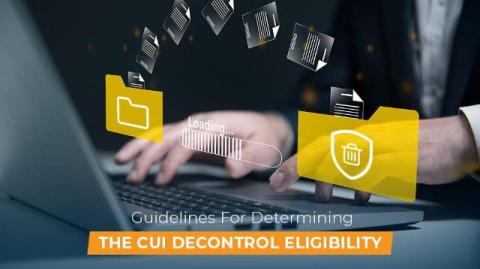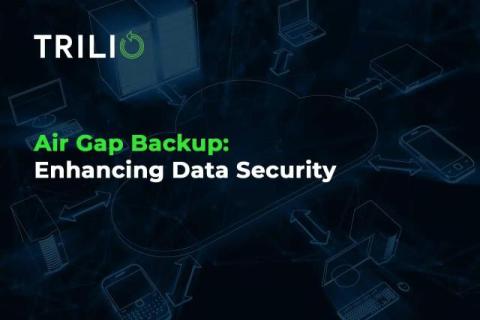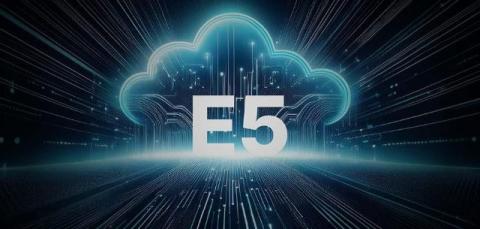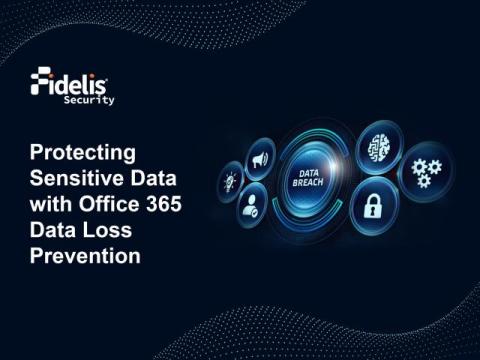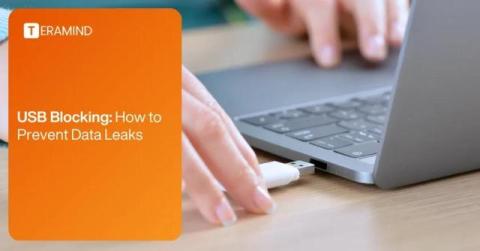Guidelines For Determining the CUI Decontrol Eligibility
One of the biggest burdens on any government agency or contractor is dealing with controlled unclassified information, or CUI. This information requires oversight, security, access control, and record-keeping – all part of the general “control” of that information – and keeping track of it all can be a huge task. One way in which this task is made easier is through the process of decontrol.


